Kibiti and the Rufiji Delta, Tanzania – CBEMR Training 
TANZANIA – On behalf of Wetlands International Africa, the Mangrove Action Project (MAP) undertook a second two-part training on Community-Based Ecological Mangrove Restoration (CBEMR) for 28 participants in Kibiti and the Rufiji Delta, Tanzania. This involved a five-day, more theoretical workshop (28th Jan – 2nd Feb, 2019) followed by three days of more practical training (3rd – 5th Feb) as a follow-up to the classroom workshop. Jim Enright, Dominic Wodehouse and Jaruwan ‘Ning’ Enright from MAP were the trainers for the participants selected by Wetlands International Africa (WIA), from the Tanzanian Forest Service, local NGOs and community-based organisations (CBOs), as well as representatives from Kenya, Mozambique and Madagascar. This training was part of the capacity building element of WIA’s ‘Mangrove Capital Africa’ program. The hugely important Rufiji Delta has the largest expanse of mangrove forest in East Africa but are still being heavily degraded from agriculture developments for rice and over exploitation for poles and timber. The objectives of the trainings would find sustainable conservation solutions and scenarios for the the declining coastal forests with local communities.
READ MORE AFRICA
Mangrove forest communities in Rufiji Delta trained on an alternative approach to mangrove restoration.
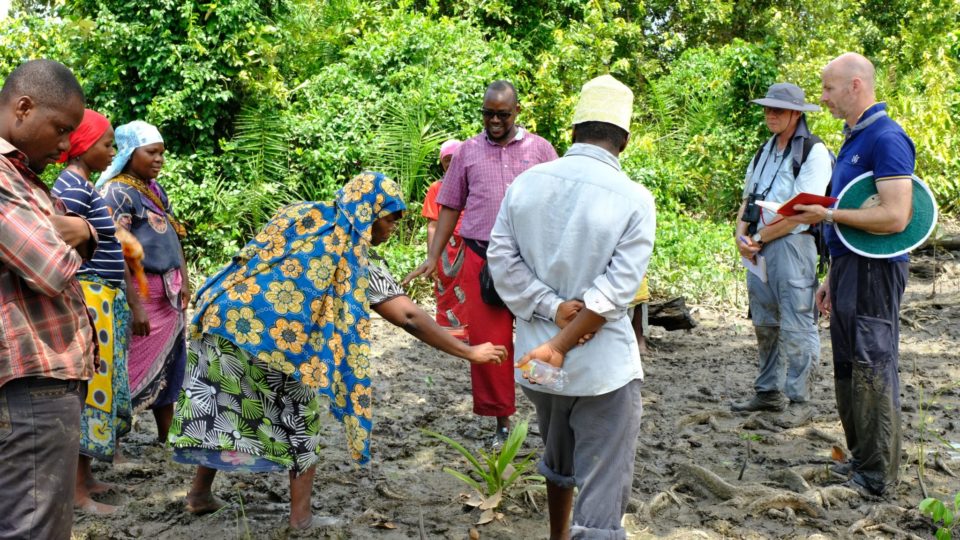
TANZANIA – Mangrove restoration is not just planting one or two mangrove species in straight lines – it’s much more complex than that. To demystify this, together with Mangrove Action Project (MAP), Wetlands International undertook a Community-Based Ecological Mangrove Restoration (CBEMR) training for 28 participants in Kibiti, Rufiji Delta, Tanzania. All too frequently, restoration projects move straight into building a mangrove nursery and planting before understanding the issues related to the project site. These projects often fail. CBEMR supports a holistic, science-based approach that encourages practitioners to mitigate mangrove stressors and facilitate natural mangrove regeneration. This is achieved by working with the local communities to understand all social and technical challenges affecting the restoration site, including site hydrology, soil elevation relative to sea level, pressures on the mangroves and why a site is not naturally regenerating. CBEMR avoids the costs and necessity of building a nursery and planting, as natural regeneration encourages all the species in the locality to find their appropriate sites. CBEMR is an adaptable process, allowing mangrove workers to take on all sorts of different challenges, such as very high salinity in the Saloum Delta, Senegal; grazing pressure in Rakhine State, Myanmar; or encroachment for rice farming within the Rufiji Delta. READ MORE
Map of Mangrove Height Reveals Carbon-rich Coastal Forests

GABON – Lola Fatoyinbo had studied mangroves — the nearly impenetrable tangled-trunk forests that fringe warm coastlines worldwide — for almost a decade, and was pretty sure that the trees topped out around 45 meters high — roughly the height of the Statue of Liberty without her pedestal. So, when Fatoyinbo, an ecologist at NASA’s Goddard Space Flight Center in Greenbelt, Maryland, heard in 2011 about mangrove trees in the Central African nation of Gabon that were more than 10 meters taller, she knew she had to visit. Mangroves pack away massive amounts of carbon, both in their woody trunks and in the soil where their roots decay. The trees and soil contain more carbon per acre than tropical rainforests. And because the stored carbon can stay out of the atmosphere for many decades, environmentalists have long hoped that protecting mangrove forests could help slow climate change while the world gets a handle on fossil fuel emissions. Fatoyinbo got a grant to travel to Gabon to gather on-the-ground data about the ability of the mangroves there to store carbon. She and her colleagues hired a motorboat to take them up an estuary into Pongara National Park. Dense, crisscrossing roots emerged from the shallow brown water, which teemed with crabs and fish. READ MORE
ASIA
Women lead community response to coal plant development, as fishing community faces massive relocation
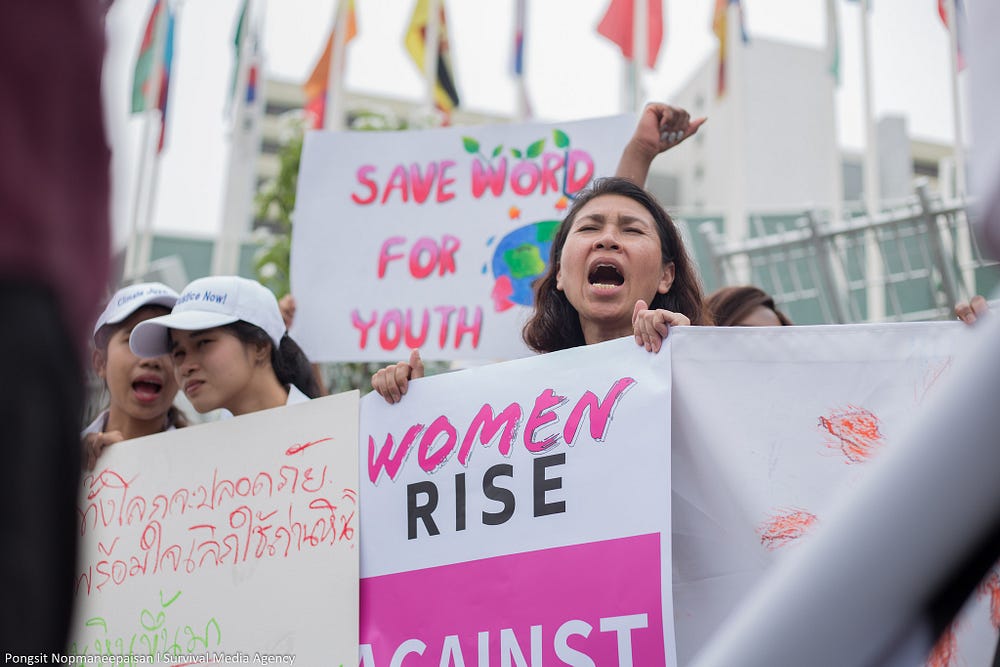
THAILAND – Women in Pattani Province are rising to oppose a planned coal-fired power plant with potentially serious environmental and health impacts for their families and the Pattani Bay community. As plans for the planned Thepha coal-fired power plant move forward, women groups are joining academics, local community members, and environmental and civil society groups in Pattani Bay, southern Thailand, to oppose the plant’s construction. The group is concerned by the threat that the planned plant poses to the bay’s marine resources, which many community members depend on. Women play a significant role in the local fishing industry and rely on Pattani Bay for nutrient-rich foods to feed their families. Lamai Manakarn, an activist from the Pattani Southern Border Province, said that the developers of the planned Thepa coal plan declared “that coal and this coal plant project are clean energy and safe for us.”READ MORE
Editors Note: For more on this story, please listen to this podcast featuring MAP Advisor Ian Baird LISTEN HERE
Unprecedented wave of new dams could spell disaster far beyond Laos
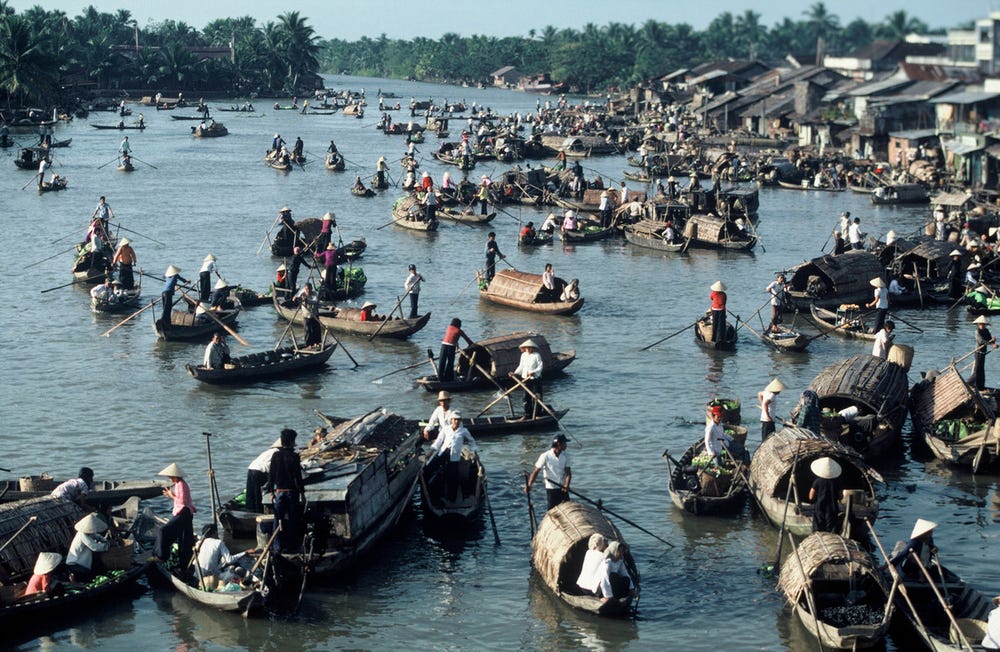
LAOS – The scale of the catastrophe in Laos is still unclear. Dozens could be dead, killed by the man-made flash floods that swept through their villages after the collapse of a dam under construction in Attapeu province in southern Laos. Thousands are homeless, their villages and livelihoods destroyed. It is a tragic reminder of the inherent risks of major dam projects — just as the world finds itself in the middle of a headlong rush for hydropower as countries seek to produce extra energy while reducing carbon emissions. From the Amazon to Zambia, thousands of new hydropower projects are under construction or on the drawing board. Maps show rivers across the Balkans and Himalayas smothered in planned dams. Governments and developers talk excitedly about the energy that could be generated, the jobs created. Meanwhile, risks and costs are invariably downplayed, and community and environmental concerns often disregarded — give or take the usual rhetoric about ‘consultation and impact mitigation’. READ MORE
Community Forest Bill won't benefit all, campaigners say

THAILAND – The Community Forest Bill aims to give villagers more say in managing natural resources but is too limited in its scope and risks further marginalising those living outside areas covered by the act, land campaigners said on Thursday. The bill, first drafted almost 30 years ago, was approved by the National Legislative Assembly on Friday, according to forestry department officials, and is expected to become law within 180 days. The bill defines community forests as those that sit outside conservation areas managed by the state, and allows villagers living in these forests to use and manage its resources after they have registered their communities with the government. "For the first time, there is legal recognition of the right of local communities to manage their forests, so this is significant," said Warangkana Rattanarat, country director at the Centre for People and Forests (RECOFTC). "But the bill limits community forests to those in reserved forests and not those in conservation areas such as national parks, so it does not benefit all forest-dependent communities," she told the Thomson Reuters Foundation. READ MORE
AMERICAS
Saving the World’s Largest Tropical Wetland
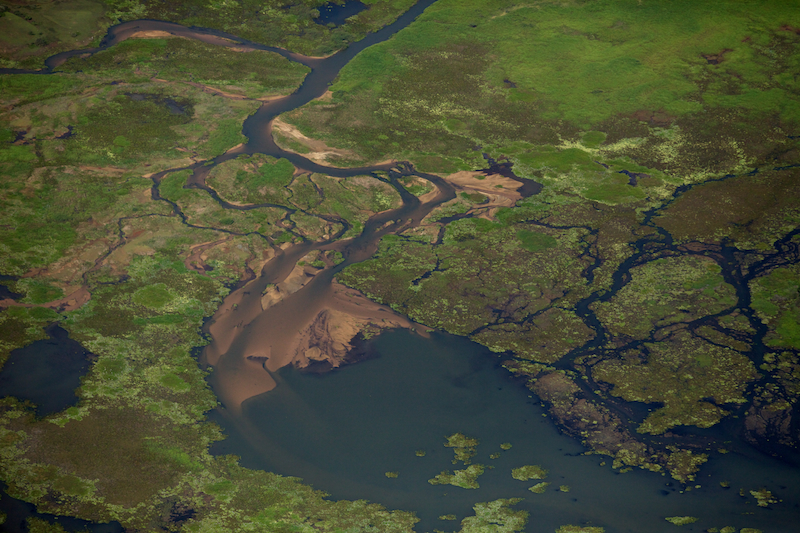
BRAZIL – Most people have heard of the Amazon, South America’s famed rainforest and hub of biological diversity. Less well known, though no less critical, is the Pantanal, the world’s largest tropical wetland. Like the Amazon, the Pantanal is ecologically important and imperiled. Located primarily in Brazil, it also stretches into neighboring Bolivia and Paraguay. Covering an area larger than England at more than 70,000 square miles, the massive wetland provides irreplaceable ecosystem services that include the regulation of floodwaters, nutrient renewal, river flow for navigability, groundwater recharge and carbon sequestration. The wetland also supports the economies of the four South American states it covers. But as I learned working on a recent research project with the environmental nonprofit WWF, a combination of climate change, new development, expanding agriculture, urban growth and pollution are poised to transform this vast wetland — bringing drastic consequences for the environment, wildlife and millions of people who depend on the Pantanal’s natural hydrology. READ MORE
How a dead humpback whale ended up in a mangrove forest

BRAZIL — When local fishermen were walking through a mangrove forest in Brazil, they came across something that shouldn’t be there: the carcass of a humpback whale. The baby whale was likely lost at sea and died of starvation or some other unknown cause, according to nonprofit research group Bicho D’agua. The tides washed the whale’s body to shore at Araruna Beach in the city of Soure, said Bicho D’agua oceanographer Maura Sousa. It’s located on the island of Marajó, which sits at the mouth of the Amazon River. “During this season, the tide normally rises twice a day to almost 4 meters (13 feet) and floods the mangrove forest, bringing lots of trash, including trash from ships from a lot of places in the world,” Sousa said. READ MORE
OCEANA
New study finds link between forest conservation and coral reef preservation
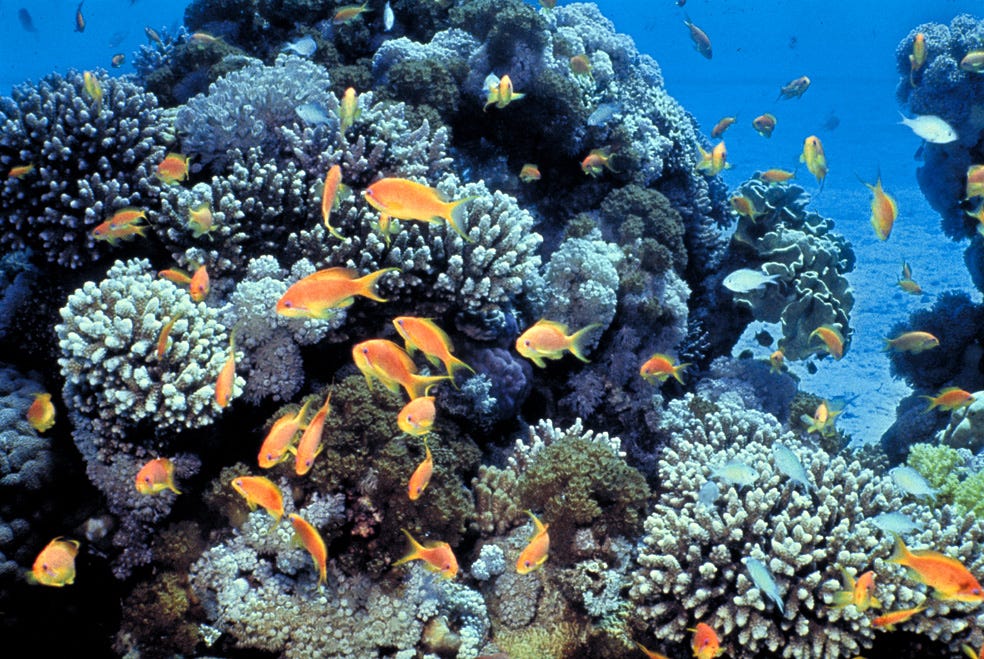
AUSTRALIA – With over 90 percent of the Great Barrier Reef already damaged, and large percentages of coral reefs worldwide faring the same, the future doesn’t look promising for these stony polyps. Climate change has pervasive impacts on all of Earth’s ecosystems — especially on the coral reefs of the world. It causes ocean warming, which bleaches corals since they can only survive in a small range of temperatures over a long period of time. It also alters precipitation patterns, and that increases the amount of sediment and land-based pollutant runoff into the ocean — another threat to coral reefs. However, scientists are continuing to look for solutions to prevent further loss of reefs and even reverse the negative impacts of climate change on them. One such solution has been proposed by researchers at the University of Hawaii at Manoa and the Wildlife Conservation Society who have found a link between forest conservation and coral reef preservation. READ MORE
GLOBAL
Global action to save mangroves: the Global Mangrove Alliance
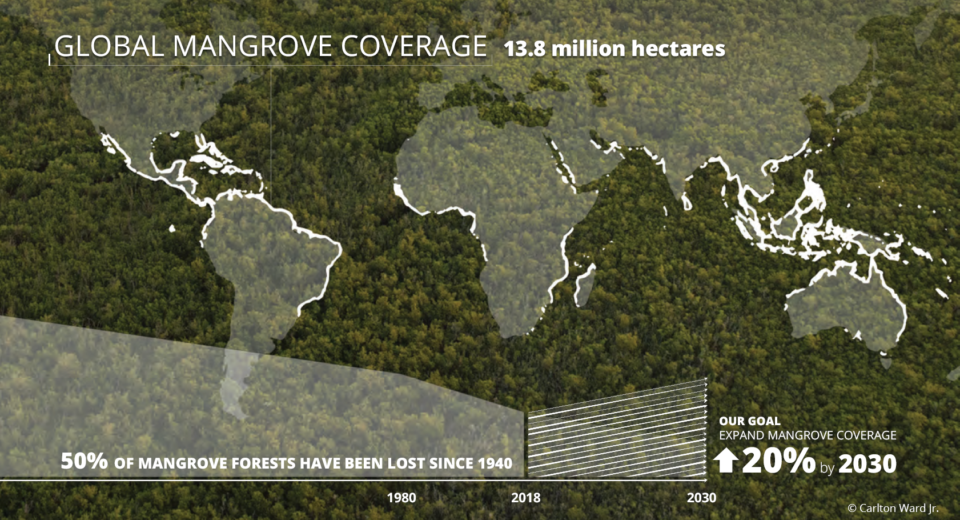
GLOBAL -In January 2019, mangrove specialists of the Global Mangrove Alliance from all over the world came together to discuss approaches to save the world’s mangroves. Wetlands International was represented involving colleagues from the Philippines, Indonesia, Kenya, Senegal, Panama, and the Global Office. In this blog, I will share my personal experiences and the most important outcomes of the meeting. Mangroves occur along tropical coastlines and are considered one of the most important ecosystems for nature and people. They are havens for biodiversity, provide rich fisheries resources and protect communities against storms and erosion. They also regulate our climate by sequestering and storing large amounts of carbon. However, worldwide mangroves are under threat from large scale infrastructure development and expansion of agriculture and aquaculture. As more and more people live along our coasts these pressures increase rapidly. To save our mangroves for future generations, it is crucial to work together. READ MORE
The world’s cities rely on the world’s wetlands.
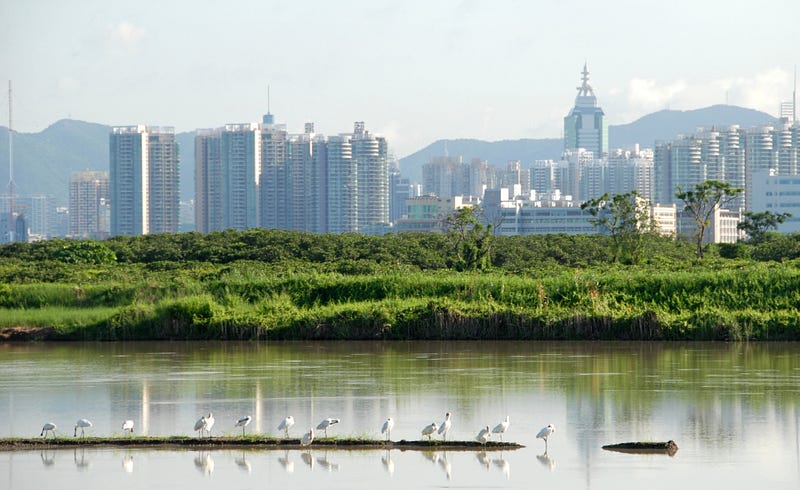
GLOBAL – One half the world’s population live in cities. And, 1.4 million more people flood into our rapidly expanding urban areas every week — energizing their economies, but also straining their services and sustainability. And population increases also result in significant land use change, which often heightens the risk from natural disasters. Today as we mark World Cities Day, Venice — one of the world’s most iconic cities, which has water at its heart — is being swamped by the worst floods in a decade. In recent years, catastrophic floods have hit cities on all continents. Yet, while many cities have experienced flooding, others have faced unprecedented droughts and severe water shortages. Over the past ten years, natural disasters have affected more than 220 million people and caused US$100 billion worth of economic damage per year. Without urgent efforts and significant investment to make cities more resilient, natural disasters — intensified by climate change — could cost cities three times as much by 2030, while devastating the lives of tens of millions more people. READ MORE
LAST WORD
Dear Reader,
We are sending you the “Call for papers” for the June 2019 edition of Nature & Faune journal (Volume 33, Issue 1) on the theme “The central role of biodiversity, protected areas and wildlife in sustainable development of Africa”.
Kindly disseminate the attached English version of the “Call for papers” to your network.
With regards,
Mrs. Ada Ndeso-Atanga
Technical Editing & Publications Specialist
Nature & Faune Journal
RAFT Natural resources – Fisheries – Forestry
Food and Agriculture Organization of the United Nations (FAO)
FAO Regional Office for Africa
P.O. Box GP 1628, Accra, Ghana
Email: nature-faune@fao.org
Email: Ada.Ndesoatanga@fao.org
Tel.: +233 (0) 302 610930 Ext. 41605
Cellular phone #: 233-208 175 145
233-277 358 482
233 246 889 567 (also on WhatsApp)
Skype: Adayes22
Website : http://www.fao.org/africa/resources/nature-faune/en/
Back to Top




























